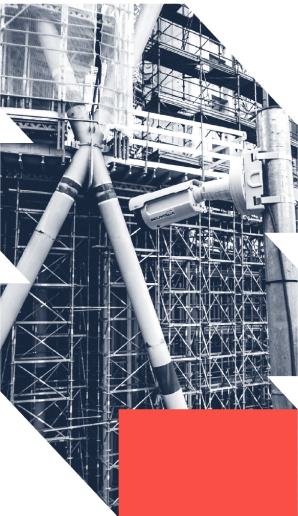Employee and Culture Development in AEC

Beyond the Blueprint: Redefining HR Innovation in the AEC Industry
Flexibility in work hours, additional bonuses, and the option to work from home are often associated with modern employee benefits. However, for those in the construction profession, these perks may not only be challenging to implement but may also merely skim the surface in the rapidly changing landscape of the construction industry. Welcome to a new phase in Human Resources, where innovation transcends being a fashionable buzzword; it’s now the essential driving force for businesses looking to remain competitive. The AEC industry extends beyond building construction – it’s about shaping the future.
What are the groundbreaking HR strategies that can truly make a difference in attracting and nurturing top talent? Buckle up and join us as we explore how the innovative blend of technology, creativity, and culture is redefining HR’s role in the AEC industry, turning conventional wisdom on its head, and setting a new standard for excellence.

Navigating today’s VUCA (Volatile, Uncertain, Complex, and Ambiguous) world is like sailing a stormy sea. Success doesn’t hinge on mere results; it’s about a company’s ability to bend without breaking, to continually reinvent itself, and thrive amidst chaos.
Imagine your team as a well-oiled machine, purring efficiently, resilient, and determined. They don’t have to be the brightest stars in the sky or seasoned veterans. All they need is to work together with agility, learn rapidly, and stay relentless no matter what comes their way. It’s about cultivating that elusive “state of flow,” where everyone’s tuned in, turned on, and immersed in their work.
Ready to build that dream team and ignite that flow? Dive into the guide below, with eight actionable steps you might want to deploy. Time to sail those stormy seas with a crew that can’t be beaten!
Culture of Employee Development
In a culture of development, the organization creates systems, practices, and norms that foster ongoing learning, feedback, and personal growth for all employees. It encourages individuals to continuously push their boundaries, challenge their assumptions, and develop new skills and competencies. The focus is on professional development but also personal growth development.
Mistakes and failures are seen as learning opportunities rather than sources of punishment or blame. Employees are encouraged to experiment, take risks and learn from their experiences. There is a high degree of psychological safety, where workers feel comfortable being vulnerable and seeking support and feedback from their peers and leaders.
Leaders play a crucial role in modeling and supporting continuous growth. They actively create opportunities for coaching, mentoring, and skill-building. They also provide constructive feedback, challenging individuals to stretch their capabilities while providing the necessary resources for training and support for development.

Positive Employer Branding and Reputation
Looking good helps you feel good, but that’s just the start. In the business world, it’s about embracing your flaws with transparency while throwing a party for every small victory. Keep morale soaring; let triumphs echo.
Think of your organization as a talent magnet, where a culture of development isn’t just a buzzword but a beacon that calls out to the best and brightest. Why? Because growth isn’t just a ladder; it’s an escalator moving with purpose.
Now, spread the word! A strong development culture isn’t your quiet secret; it’s your loudspeaker to the world. It doesn’t just polish your employer brand; it makes it shine, giving you a competitive edge in snagging top talent. In the talent race, your culture is your stride; make it a winning one!
What is Employer Branding?
Employer branding is the process of promoting a company, or an organization, as the employer of choice to a desired target group. It shapes the perceptions and reputation of the organization in the eyes of potential employees, current employees, and stakeholders. By effectively communicating its values, culture, and mission, a company can attract, engage, and retain top talent, ensuring a competitive edge in the market. Like consumer branding, employer branding is about building a lasting, positive impression that differentiates the organization from its competitors.
On the other hand, custom software can be built specifically to meet the unique requirements of the company and can be more flexible to evolve along with the company. However, it usually involves a longer implementation time, higher initial cost, and may require more technical expertise to maintain. The company should therefore consider its budget, timeline, in-house technical expertise, and unique business needs, as well as potential future scaling and development, to decide the most appropriate route.

Transparency is Vital for a Culture Development
Transparency is a crucial aspect of creating a development culture in any organization. It allows employees to feel vulnerable and seek support and feedback from their peers and leaders. In the book An Everyone Culture by Robert Kegan and Lisa Laskow Lahey, the authors argue that creating a culture of transparency is essential for unlocking the full potential of individuals and teams. When people feel safe to share their thoughts and feelings, they are more likely to engage in open and honest communication, leading to increased innovation, better problem-solving, and improved overall performance.
We suggest you start with information about the company, make sure salaries are transparent to everybody, the financials of the company and even the feedback of everybody, mainly upper management.

Feedback, Feedback, and more Feedback
Feedback is the cornerstone of a thriving organization, acting as the pulse that keeps the team in tune with goals and growth. It’s more than just a pat on the back or critique; it’s a dialogue that shapes careers and crafts success. In a well-oiled organization, failing to give feedback should be viewed as a sign of poor performance, possibly even a reason for termination. But here’s the catch: it’s a delicate balance. The feedback culture shouldn’t mirror a dystopian scenario like the “Nosedive” episode of Black Mirror, where lives are ruled by the pursuit of positive ratings. Instead, organizations must strike the right chord, ensuring that feedback is honest, constructive, and balanced. It’s not about chasing perfection but fostering a culture where insights lead to improvement, and voices are valued, not just rated.
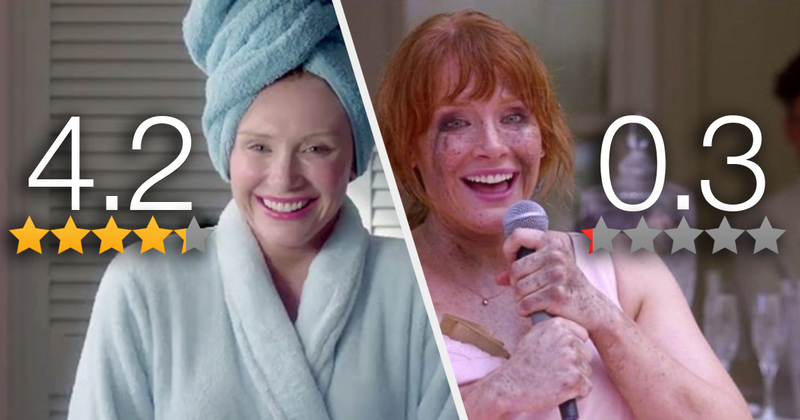
Make Sure you Have an Emotionally Stable Team
Building an emotionally stable team is more than a game of trust and open chat. It’s about weaving a fabric of collaboration and respect that makes every voice count. Imagine regular check-ins that feel like friendly catch-ups, not just dry updates. Think of support that’s there when you need it, decision-making that feels like a team huddle, and recognizing achievements as a shared celebration. It’s about fueling the passion that drives us all.
But wait, it’s not as easy as a coffee chat with peers. Diving into feelings? That’s uncharted territory for many. You must not only open the door but guide the conversation, ask how they truly feel, and ensure they’re at ease sharing emotions across the board. It might sound cultish, but let’s face it, we humans thrive on passion and purpose. It’s the spark that ignites inspiration, and it’s what turns a group of people into a cohesive, unstoppable team.

Structures are not that Important, in Contrast to Rules
In modern business, rigid structures often take a backseat to adaptable rules and shared values. Take Buurtzorg, a behemoth in the Netherlands, operating almost without bosses, or Zappos, where company titles are a relic of the past. What drives these companies isn’t a towering hierarchy but a culture of shared principles. Even in Spotify, where the conventional corporate structure is dismantled into fluid squads and tribes, success is guided by rules, not ranks. The structure isn’t the scaffolding that holds these companies together; the rules act as the invisible threads weaving a cohesive and dynamic tapestry. It’s a fresh playbook, where agility triumphs over architecture, and shared understanding shapes success more than mere titles.
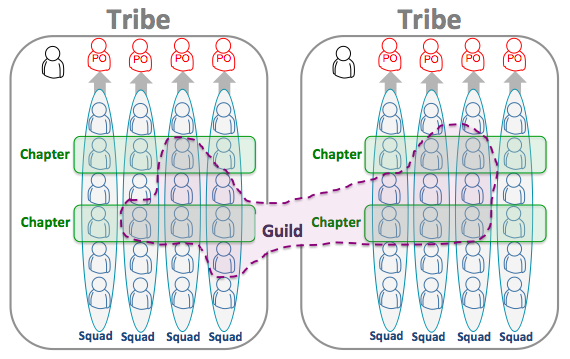
Make Sure There Are no Weak Links in the Chain
The chain is only as strong as its weakest link in any company. Identifying and addressing any weaknesses within the team is crucial to ensure that everyone can work together cohesively. While some companies, like Netflix, have implemented a solution of cutting the worst performers every year, it’s essential to consider that this may not always be the best approach. While it may be helpful in certain situations, it cannot be an ongoing action. Other options for addressing weak links include offering additional training and support, redefining roles and responsibilities to match an employee’s strengths better, or even setting more explicit expectations and goals to help motivate and guide employees toward success. It’s essential to approach these challenges with empathy and a willingness to find creative solutions that work for everyone involved.

A Successful Recipe for a Company Might Not Be the Right One for Another
It’s essential to recognize that each company is unique, and what works for one organization may not necessarily work for another. While it can be helpful to learn from the experiences of other companies and implement successful strategies, it is crucial to approach organizational changes with a critical and incremental mindset. Blindly adopting a strategy that worked for another company without considering the specific context and needs of your organization can lead to ineffective results or even negative consequences. Making logical and incremental changes and decisions based on your organization’s specific needs and circumstances is essential, rather than simply following trends or success stories from other companies.
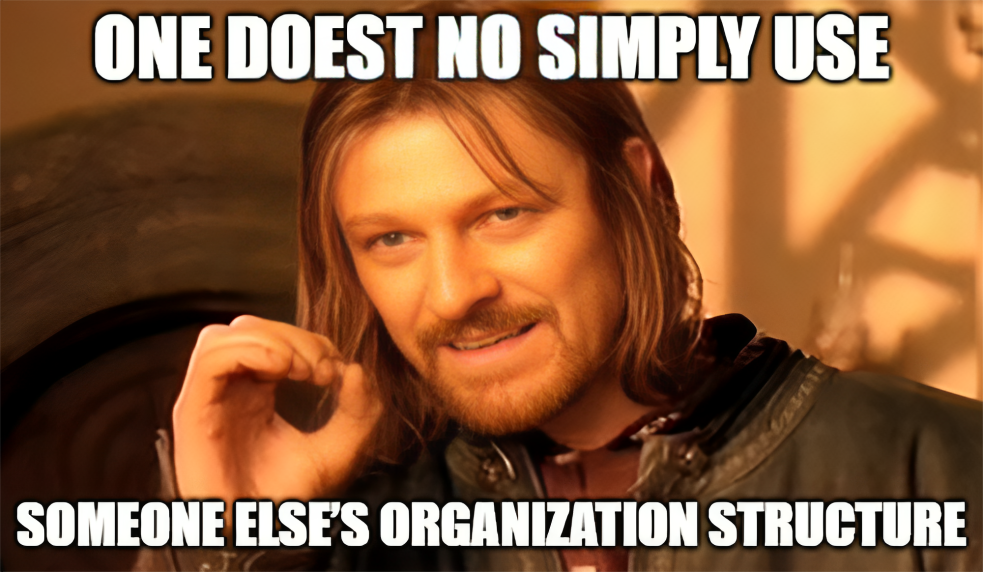
Our Experience in Implementing a Culture of Development
Absolutely! Here’s a more cohesive and engaging version of the paragraph:
“At e-verse, our journey has been anything but conventional. From day one, we envisioned a lab that went beyond just technological advancements like automating modeling processes or developing the latest AI LLM. We dreamt of a hub where groundbreaking Human Resources strategies could come to life. While the concept is visionary, its practical implementation is challenging. After all, innovation isn’t without its risks.
Technical setbacks can be forgiving, but introducing a new company policy? That’s remembered, especially if it doesn’t resonate with everyone. But this challenge is also an invitation. There’s ample space here for you to craft policies and strategies that are uniquely yours, answering bespoke needs.
Remember the words of Ben Horowitz in ‘What You Do Is Who You Are’: A company’s true culture isn’t found in its mission statement but in the behaviors it rewards and the standards it upholds.”
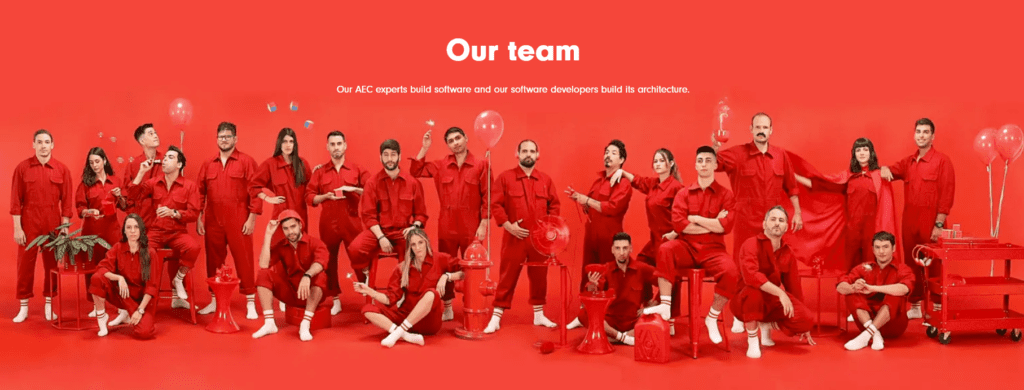
Sometimes You Need Time
We all have seen the story repeat itself, some team in a determined sport acquires many great players, but then they have a mediocre performance. You have the best players, the best strategy, a lot of resources, and you still cannot have the best team.
This is something that no one wants to hear. We all want immediate results and even more if you are a millennial like me, but the truth is that, like building any other project, a great team needs time, and the more the amount of players, the more time you will need, so be careful the next time you are considering on bringing someone on board, it might take you faster or slower to you dream team, so, in any case, make sure you enjoy the process.
Valentin Noves
I'm a versatile leader with broad exposure to projects and procedures and an in-depth understanding of technology services/product development. I have a tremendous passion for working in teams driven to provide remarkable software development services that disrupt the status quo. I am a creative problem solver who is equally comfortable rolling up my sleeves or leading teams with a make-it-happen attitude.
